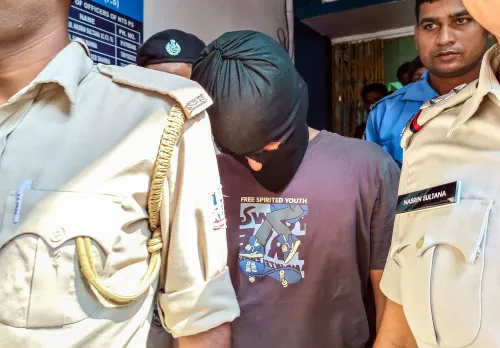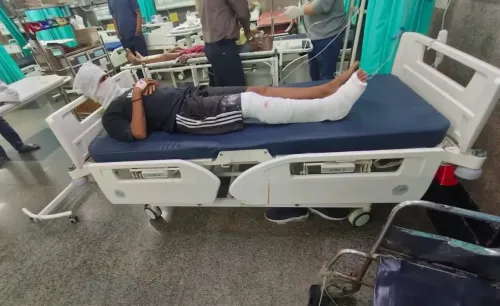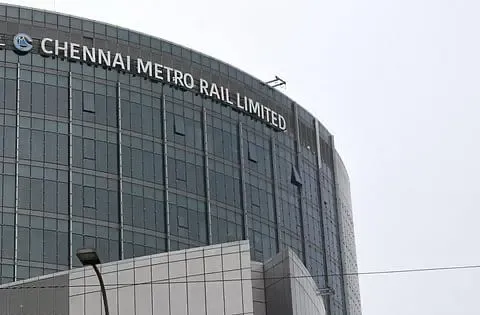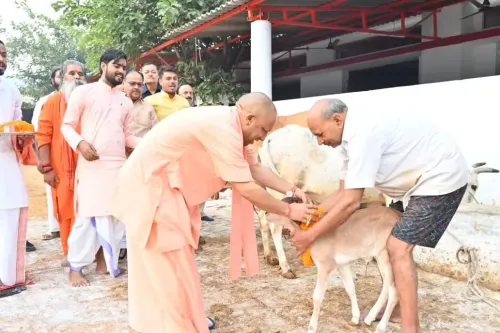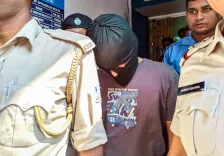Is Delhi Suffocating Under Post-Diwali Smog?
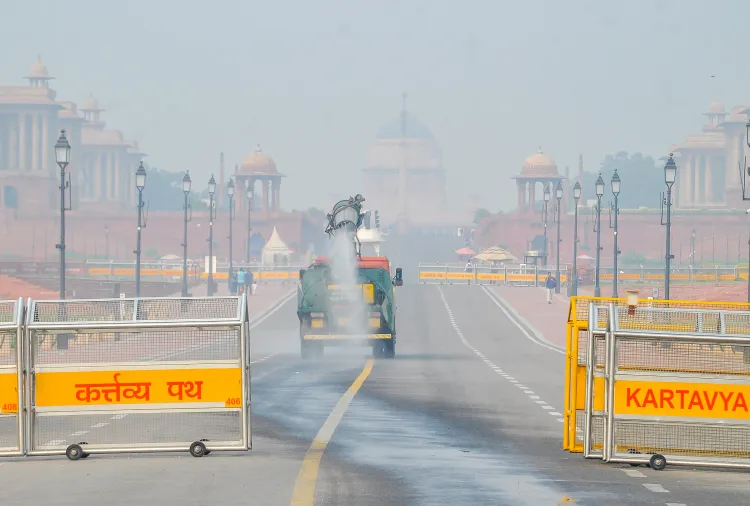
Synopsis
Key Takeaways
- Delhi's air quality significantly worsened post-Diwali.
- Current AQI levels are alarming, indicating 'very poor' air.
- Authorities are considering emergency measures to combat pollution.
- Health experts recommend protective measures for vulnerable populations.
- Historical data shows a recurring pattern of pollution spikes after Diwali.
New Delhi, Oct 22 (NationPress) Residents of the national capital were greeted with a dense layer of smog on Wednesday morning, as the air quality in Delhi suffered a significant blow following the Diwali festivities. At 5:30 a.m., the Air Quality Index (AQI) was recorded at 345, categorizing it in the 'very poor' range, according to data from the Central Pollution Control Board (CPCB).
In spite of the Supreme Court's restrictions on firecracker usage, numerous areas in Delhi and the National Capital Region (NCR) experienced widespread violations during Diwali night.
On Tuesday, many monitoring stations reported AQI levels exceeding the 500-mark, which is classified as ‘severe’.
The average AQI over a 24-hour period for Tuesday was 351, showing a notable increase from the 345 recorded on Monday.
This pollution surge is not unexpected, as Delhi has historically struggled with deteriorating air quality during the post-monsoon and winter seasons. Factors such as low wind speeds, emissions from firecrackers, and stubble burning in surrounding states like Punjab and Haryana significantly contribute to the toxic smog that envelops the city.
Authorities are currently contemplating urgent measures to address the declining air quality.
The Commission for Air Quality Management (CAQM) has suggested that Stage II of the Graded Response Action Plan (GRAP) may be enacted. This stage will introduce stricter measures, including a ban on diesel generators (except for essential services), tighter construction regulations, and enhanced dust suppression tactics. Special task forces will also be deployed in high-pollution areas to manage vehicle emissions and traffic flow.
Data from the CPCB over the last four years indicates that Diwali 2025 was among the most polluting in recent history. The statistics highlight a troubling trend, showcasing a consistent decline in breathable air quality directly associated with rampant firecracker usage.
On Tuesday, with average concentrations of particulate matter (PM) 2.5 reaching 488 micrograms per cubic meter (µg/m3) post-Diwali, healthcare professionals reported an increase in respiratory problems, eye irritation, flu, and joint pain.
As the smog intensifies, health experts are once again advising the public, particularly vulnerable groups such as children, the elderly, and those with preexisting respiratory conditions, to minimize outdoor activities and wear protective masks when necessary.

